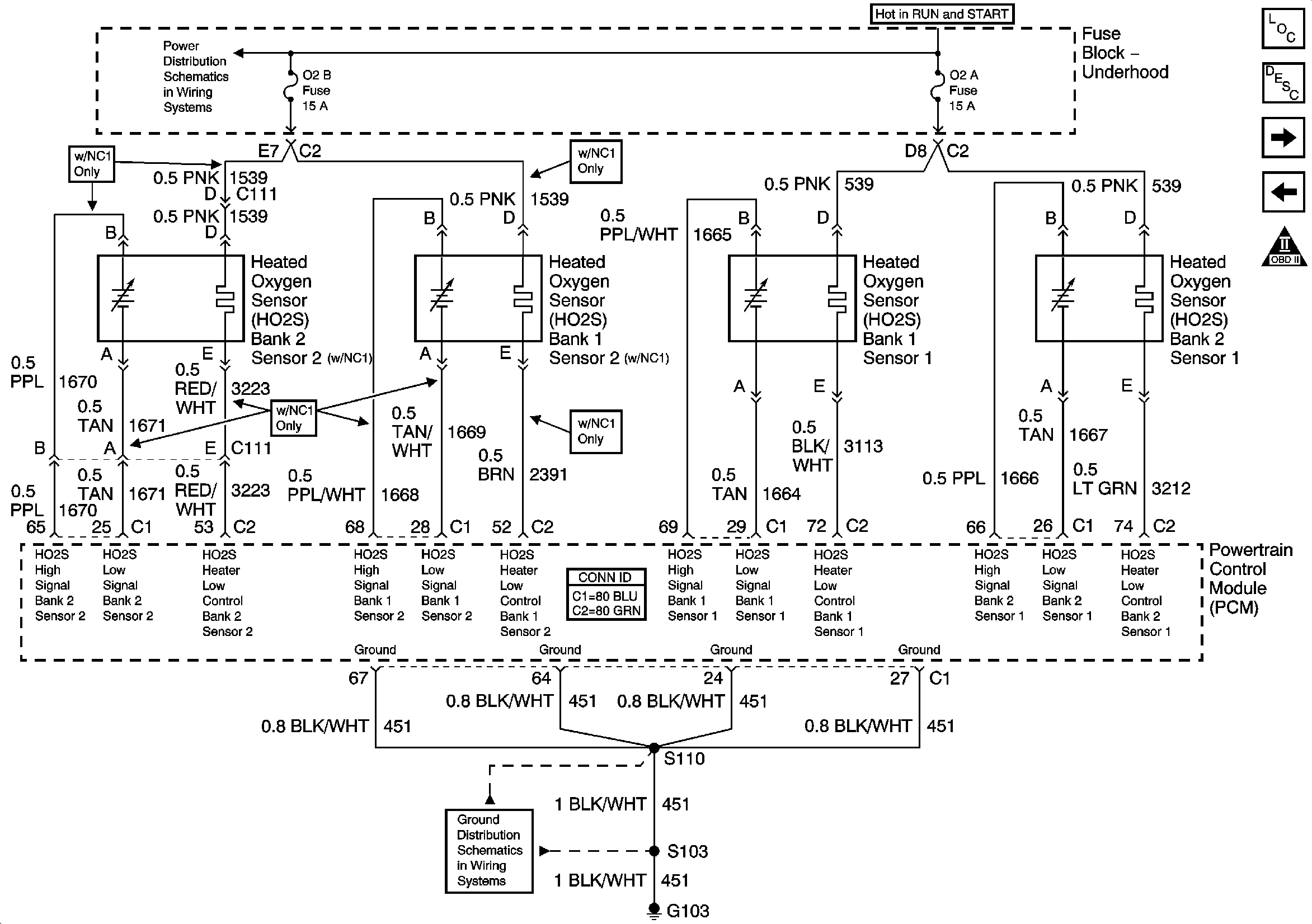O2 Sensor Wiring Diagram For Your Needs.
Fixing electrical wiring, a lot more than any other household project is focused on safety. Install an electrical outlet properly and it's because safe as this can be; set it up improperly and it can potentially deadly. That is why there are numerous regulations surrounding electrical cabling and installations. The rules can become complicated, for certain, and sometimes puzzling, even for learn electricians, but you can find basic concepts and practices that apply at almost every electrical wiring project, specifically the kind of which DIYers are competent to tackle.
O2 Sensor Wiring Diagram

6 Tips for electric wiring
1. Power Tests
Always check & test wires and devices regarding power inside the particular box you are working in to stop electric shock before working on them. Sometimes, even when you shut away from power, some cabling can be connected in order to another circuit and hence may continue to pose a risk of electric surprise.
2. Uncoil Cable connection
The best method to easily instal cables is in order to straighten them out first. Pull typically the cable from the particular centre from the coil & lift a new handful of coils. Next step is to toss them around the floor like you’re throwing the coiled rope. Once untangled, it assists in easier dealing with & neater storage space.
3. Amperage Ranking
Amperage Rating or perhaps Amp needs to be checked for all electrical wiring & devices. Before installing or changing wiring, one must have the right amp ranking for all those circuits. With regard to example, a 30-amp circuit must have the right-gauge wiring to be able to prevent fire threat.
4. Grounding Wires
Grounding provides the safe path for extra electric energy in order to pass in case of a problem or any additional issue. Follow the particular manufacturer’s wiring layouts & understand grounding systems.
5. Bins & Clamps
An individual need to guarantee enclosing all electrical wiring connections in correct electrical boxes or even clamps. Enclosures protect the connection as well as the particular people from unintended contacts with individuals connections.
6. Correct Cable
There usually are various different kinds of wires available in the market – Heat Resistant, Fire Resistant, Industrial Grade etc. Be sure to select the right line for the need.
Typically the above tips & check not only aid in safe power wiring changes and replacements but likewise pave a way for safer homes.
